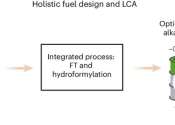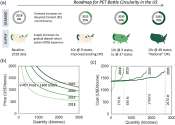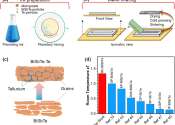Material is synonymous with Substance, and is anything made of matter - hydrogen, air and water are all examples of materials. Sometimes the term Material is used more narrowly to refer to substances or components with certain physical properties which are used as inputs to production or manufacturing. In this sense, materials are the pieces required to make something else, from buildings and art to stars and computers.
A material can be anything: a finished product in its own right or an unprocessed raw material. Raw materials are first extracted or harvested from the earth and divided into a form that can be easily transported and stored, then processed to produce semi-finished materials. These can be input into a new cycle of production and finishing processes to create finished materials, ready for distribution, construction, and consumption.
An example of a raw material is cotton, which is harvested from plants, and can then be processed into thread (also considered a raw material), which can then be woven into cloth, a semi-finished material. Cutting and sewing the fabric turns it into a garment, which is a finished material. Steelmaking is another example—raw materials in the form of ore are mined, refined and processed into steel, a semi-finished material. Steel is then used as an input in many other industries to make finished products.









